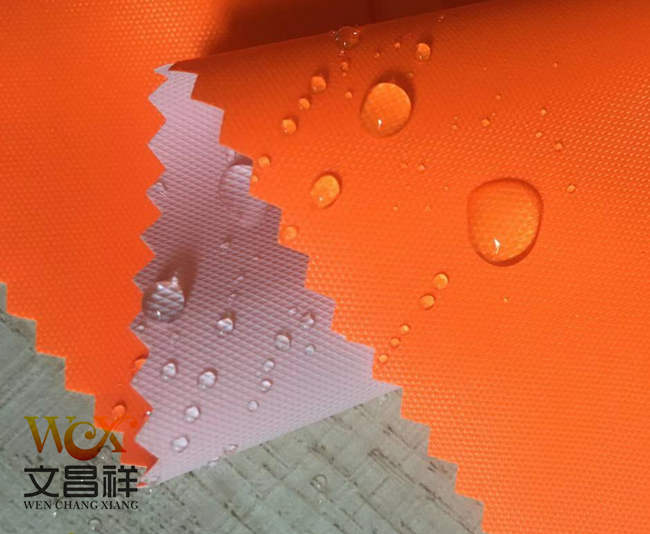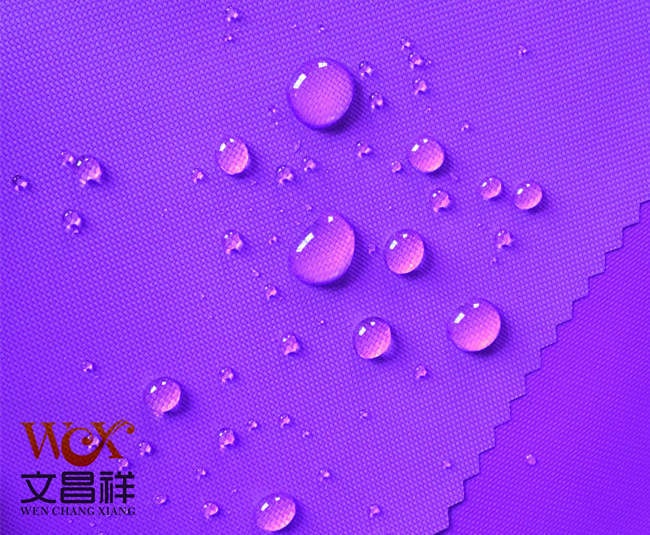Different fabrics have different properties, and waterproof fabrics are one of them. Generally, waterproof fabrics are mainly used as umbrellas, raincoats, waterproof cloths, etc. They are often seen in people’s lives and are essential on rainy days. . There are many types of waterproof fabrics, such as waterproof Oxford cloth, Dry-Tec waterproof cloth, PVC coated cloth, etc.

When waterproof fabric is made After the Teflon coating is applied, its sliding properties, heat resistance, low temperature resistance, oil resistance, and antifouling properties will become better. The surface of the waterproof fabric does not stick to water and oil. If it is not heavily stained, it can be simply wiped, saving man-hours and improving work efficiency; it also has the dual advantages of excellent wear resistance and non-adhesion; its durability It is also highly corrosive and not easily corroded by chemicals.

In water vapor In this state, the water particles are very small. According to the principle of capillary movement, they can smoothly penetrate into the capillary tube to the other side, thus causing vapor permeability. When water vapor condenses into water droplets, the particles become larger. Due to the surface tension of the water droplets, the water molecules cannot smoothly break away from the water droplets and penetrate to the other side, which prevents water penetration and makes the breathable membrane Waterproof function.
Oxford cloth specifications: 1680D, 1200D, 900D, 600D, 420D, 300D, 210D, 150D, etc.
Oxford cloth functional classification: flame retardant Oxford cloth, waterproof Oxford cloth, PVC Oxford cloth, PU Oxford cloth, camouflage Oxford cloth, fluorescent Oxford cloth, printed Oxford cloth, composite Oxford cloth, etc.
</p







